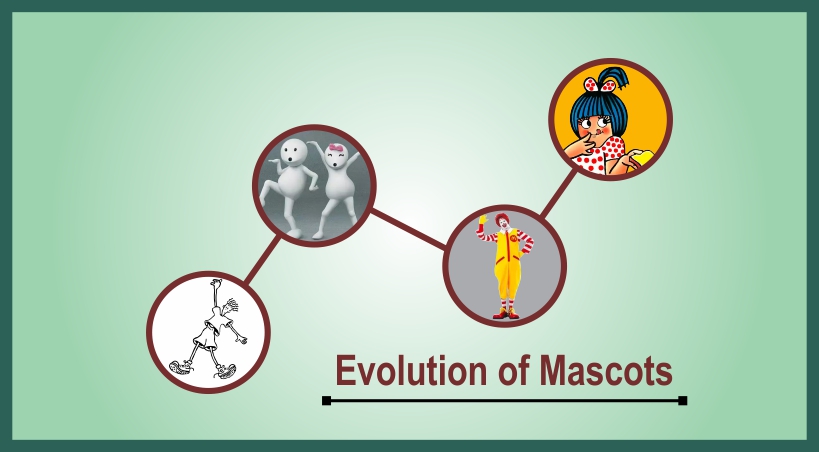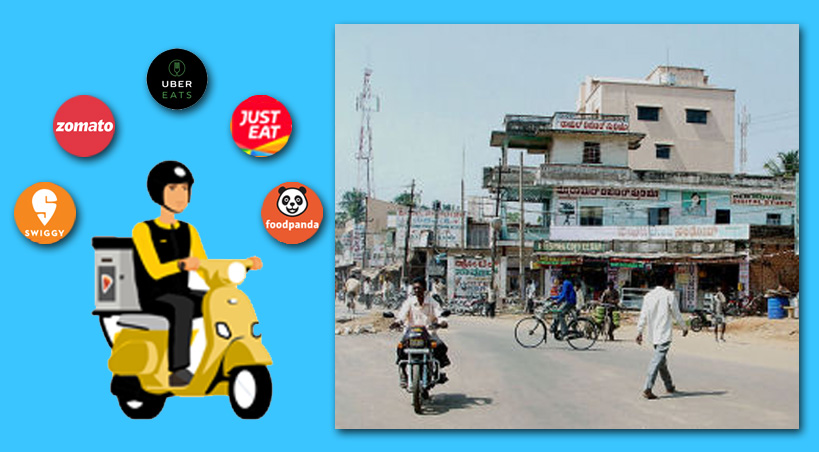Experts Explain The Purpose Of Brand Mascots

Brand mascots have a separate fanbase in our country. Starting from Amul Girl to Vodafone ZooZoo mascots have been the brand’s identity. The brands used their mascots not only to sell their products but also to address various social issues and concepts.
But in recent times, modern age brands have not opted for the mascot marketing technique as it involves much labor and regularity. However, Dunzo founded in 2014 is an online delivery platform that has endeared mascot promotions in recent times. Their mascots Harry and Dunya have proven to be effective in the market and in reaching a mass audience.
Ambi Parameswaran, Founder, Brand-Building.com said, “I am not sure if you can do better advertising simply because you can create a 3D image. I still believe the simple 2D of Amul Girl is one of my favorites. In recent times, Nippon Paint has used colorful blobs called ‘blobbies’ as an integral element of their campaign. These are 3D images that paint your walls and is an extension of something the brand has done abroad. I think the intelligent use of the mascots has helped the brands stand out in the celebrity clutter hat we see in all brand advertising, and also in a paint advertisement. I would rate it as a breakthrough in recent years.”
Mascots play a primary role in maintaining the consumer relationship. Mascots give the audience an emotional connection when they address an issue or offer their opinions in social matters hence this would make them connect with the brand on a much deeper level.
“Mascots such as the Amul girl have shown that consumers do not tire themselves of relevant and engaging day to day conversations over decades,” says Ronita Mitra, Founder and Chief Strategist of Brand Eagle Consulting.



